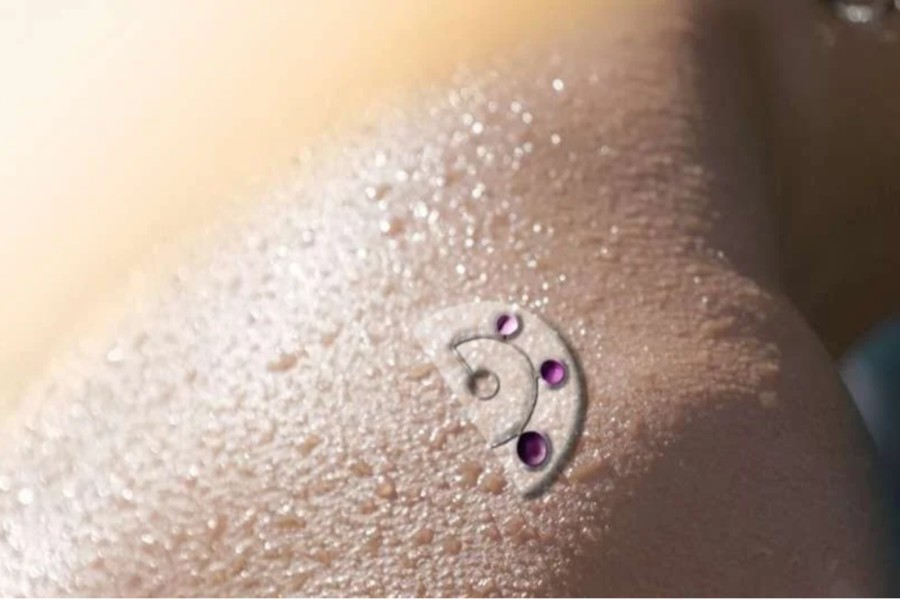Revolutionizing Cancer Diagnostics: Exploring the Role of MEMS and Microfluidics
Cancer diagnostics represent a critical frontier in modern medicine, with early detection being instrumental in improving patient outcomes and survival rates. Traditional diagnostic approaches often entail invasive procedures and time-consuming laboratory tests, posing challenges in terms of accessibility, accuracy, and cost-effectiveness. In recent years, the convergence of Microelectromechanical Systems (MEMS) and microfluidics has catalyzed a paradigm shift in cancer diagnostics, offering innovative solutions that are portable, rapid, and minimally invasive. In this comprehensive exploration, we delve into the transformative potential of MEMS and microfluidics in cancer diagnostics, elucidating their principles, applications, and future prospects.
Understanding MEMS and Microfluidics
MEMS refers to miniaturized mechanical and electromechanical devices fabricated using semiconductor manufacturing techniques. These devices typically range in size from micrometers to millimeters and exhibit intricate functionalities enabled by their microscale dimensions. Microfluidics, on the other hand, encompasses the manipulation and control of fluids at the microliter to nanoliter scale within microfabricated structures. By integrating MEMS and microfluidics, researchers have unlocked unprecedented capabilities in the realm of biomedical diagnostics, enabling precise manipulation and analysis of biological samples with unparalleled efficiency and accuracy.
Principles of Operation
MEMS-based cancer diagnostics leverage the principles of microscale mechanical and electrical phenomena to facilitate the detection and characterization of cancer biomarkers. Key components of MEMS devices for cancer diagnostics include microsensors, micro actuators, and microfluidic channels. Microsensors can detect specific biomolecular targets, such as circulating tumor cells (CTCs), cell-free DNA, proteins, and exosomes, with high sensitivity and specificity. Micro actuators enable precise manipulation of samples within microfluidic channels, facilitating sample preparation, mixing, and analysis in a controlled environment. Microfluidic channels serve as conduits for guiding and processing biological samples, enabling rapid and multiplexed analysis of cancer biomarkers with minimal sample volumes and processing times.
Applications in Cancer Diagnostics
The integration of MEMS and microfluidics has spawned a myriad of applications in cancer diagnostics, revolutionizing the way cancer is detected, monitored, and treated. Some notable applications include:
Early Detection: MEMS-based microfluidic platforms enable the detection of cancer biomarkers in blood, urine, saliva, and other bodily fluids with exquisite sensitivity and specificity. By leveraging miniaturized biosensors and microfluidic channels, these platforms can detect cancer at its earliest stages, facilitating timely intervention and personalized treatment strategies.
Liquid Biopsy: Liquid biopsy refers to the non-invasive sampling and analysis of biomarkers circulating in bodily fluids, such as blood, for cancer detection and monitoring. MEMS-based microfluidic devices enable the isolation, enrichment, and analysis of circulating tumor cells (CTCs), cell-free DNA (cf DNA), and extracellular vesicles (EVs) from liquid biopsy samples, providing valuable insights into tumor heterogeneity, treatment response, and disease progression.
Point-of-Care Testing: MEMS-based microfluidic platforms offer the potential for decentralized and point-of-care cancer diagnostics, bringing laboratory-quality testing to resource-limited settings and remote regions. These portable and user-friendly devices enable rapid and on-site analysis of cancer biomarkers, empowering healthcare providers with timely diagnostic information for informed clinical decision-making.
Personalized Medicine: MEMS-based microfluidic technologies facilitate the development of personalized cancer diagnostics and therapeutics tailored to individual patients’ molecular profiles. By analyzing tumor biomarkers and genetic signatures, these platforms enable precision oncology approaches, wherein treatment regimens are customized based on the unique molecular characteristics of each patient’s cancer.
Challenges and Considerations: Despite their transformative potential, MEMS-based microfluidic systems for cancer diagnostics encounter several challenges and considerations:
Sample Complexity: Biological samples, such as blood and tissue, exhibit inherent complexity, containing a myriad of biomolecules and cellular components. Ensuring the specificity and selectivity of MEMS-based sensors and microfluidic assays in the presence of background noise and interfering substances is paramount for accurate cancer diagnosis.
Standardizing and Validation: Standardizing protocols and validating MEMS-based microfluidic assays across diverse patient populations and clinical settings is essential for ensuring robust and reproducible results. Rigorous clinical validation studies are necessary to evaluate the accuracy, sensitivity, specificity, and clinical utility of these diagnostic platforms.
Integration and Scalability: Integrating MEMS-based microfluidic devices with existing laboratory workflows and diagnostic platforms presents technical challenges related to compatibility, automation, and scalability. Streamlining device fabrication, operation, and data analysis is crucial for widespread adoption and commercialization of these technologies.
Regulatory and Ethical Considerations: Navigating regulatory pathways and addressing ethical concerns surrounding the use of MEMS-based microfluidic devices in clinical practice necessitates collaboration between researchers, clinicians, regulatory agencies, and stakeholders. Ensuring data privacy, patient confidentiality, and equitable access to diagnostic technologies are paramount considerations in the development and deployment of cancer diagnostics.
Future Directions: The future of MEMS-based microfluidic systems for cancer diagnostics holds tremendous promise, with ongoing research and development efforts focused on addressing current challenges and expanding the scope of applications. Future directions include:
Multiplexed Detection: Advancing multiplexed sensing and microfluidic assay platforms capable of simultaneously detecting multiple cancer biomarkers with high sensitivity and specificity.
Artificial Intelligence Integrating: Integrating artificial intelligence (AI) and machine learning algorithms for real-time data analysis, pattern recognition, and predictive modeling in MEMS-based microfluidic diagnostics.
Biomarker Discovery: Leveraging MEMS-based microfluidic platforms for high-throughput screening and discovery of novel cancer biomarkers with diagnostic, prognostic, and therapeutic significance.
Clinical Translation: Accelerating the translation of MEMS-based microfluidic technologies from research laboratories to clinical settings through collaborative partnerships, regulatory approvals, and commercialization efforts.
The convergence of MEMS and microfluidics heralds a new era in cancer diagnostics, offering innovative solutions that are rapid, sensitive, and minimally invasive. By harnessing the principles of microscale engineering and biotechnology, MEMS-based microfluidic systems empower clinicians and researchers with unprecedented capabilities for detecting, monitoring, and treating cancer. As research advances and technologies mature, MEMS-based microfluidic diagnostics hold the promise of transforming cancer care, ushering in an era of precision medicine and improved patient outcomes.
Featured Image
Source:

